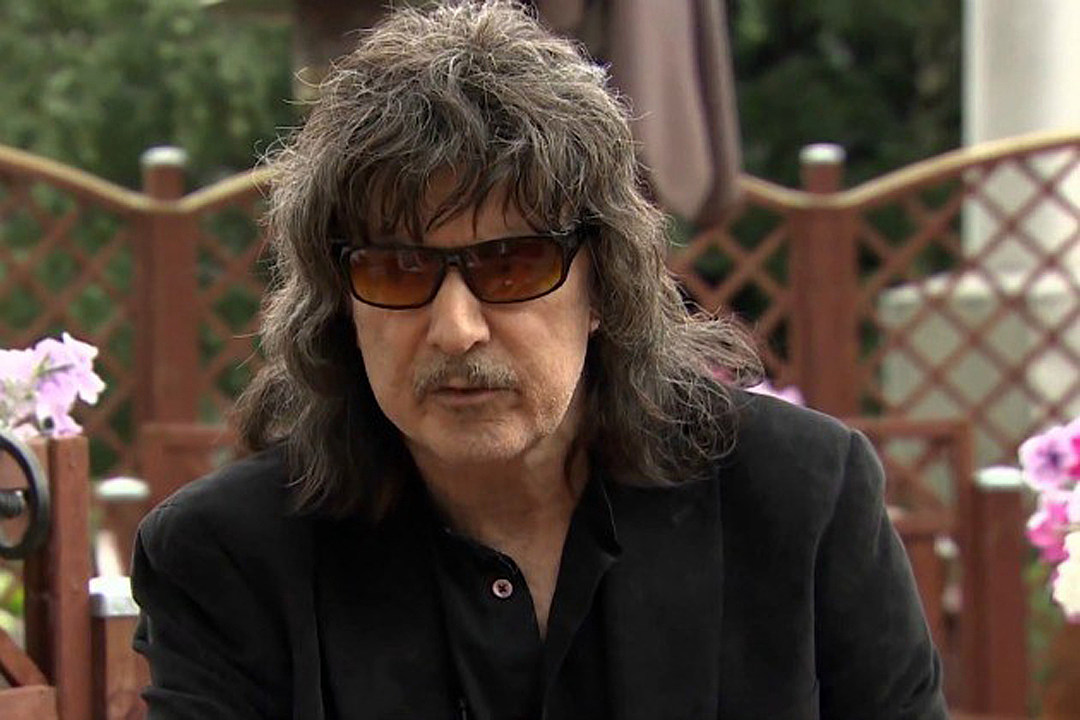Ritchie Blackmore on The Who song that changed guitar playing: “I thought it was wonderful”
Ritchie Blackmore has never been one-dimensional when it comes to playing guitar. Though one of Deep Purple’s most famous albums, In Rock, is a heavy offering of shredding riffs and solos, that doesn’t define the band. Many of their offerings were taken more from classical music, and the melody he used throughout a lot of Deep Purple’s work can be traced back to as much.

He initially started playing the guitar by learning classical music. After that, he discovered the blues, R&B, and rock. As a result, he had a mixed palette that he could bring to Deep Purple, which led to the band’s creating such a diverse music catalogue.
“My interest in classical music overall is what led me in the direction of trying to combine blues, rock and classical ideas into the stylistic statement,” he said when discussing his guitar playing, “At the age of 15, I saw a band that did rocked-up classical tunes, called Nero and the Gladiators. They all wore togas, and you would think they must have looked really silly, but it worked.”
However, what a lot of the music that inspired Blackmore had in common was that it was relatively clean sounding. Classical music certainly was, and though the blues and R&B might have had a slightly grizzly twang to it now and then, many of the solos were pretty clean-cut.
The music that Deep Purple made was heavy rock music that was laden with distortion and thrived on the controlled chaos of implementing feedback throughout a song. While it’s tough to pinpoint exactly where this style of playing originated from, Blackmore has one song he turns to as a turning point for guitar playing.
“When I heard, ‘My Generation’, with that feedback, I thought it was wonderful,” he said, “A guitarist would do a solo and have a feedback part. Whereas I used to do sessions, and heaven forbid, if I came up with any feedback, I was thrown out of the studio.”
Blackmore isn’t the only person who has cited Townshend as an influence. He was an innovator when it came to playing, as he could embrace the chaotic distorted sound of his guitar while still making music that was laced with melody throughout. Alex Lifeson of Rush was a big fan of how Townshend could excitingly play guitar while providing a good rhythm section for the band to follow.

“Rush was a very active rhythm section. Geddy and Neil were very active players, and a lot of times the guitar had to hold the fort down, which was a sort of an opposite reaction to what normally happens,” he said, “Pete Townshend is one of my greatest influences… More than any other guitarist, he taught me how to play rhythm guitar and demonstrated its importance, particularly in a three-piece band.”
